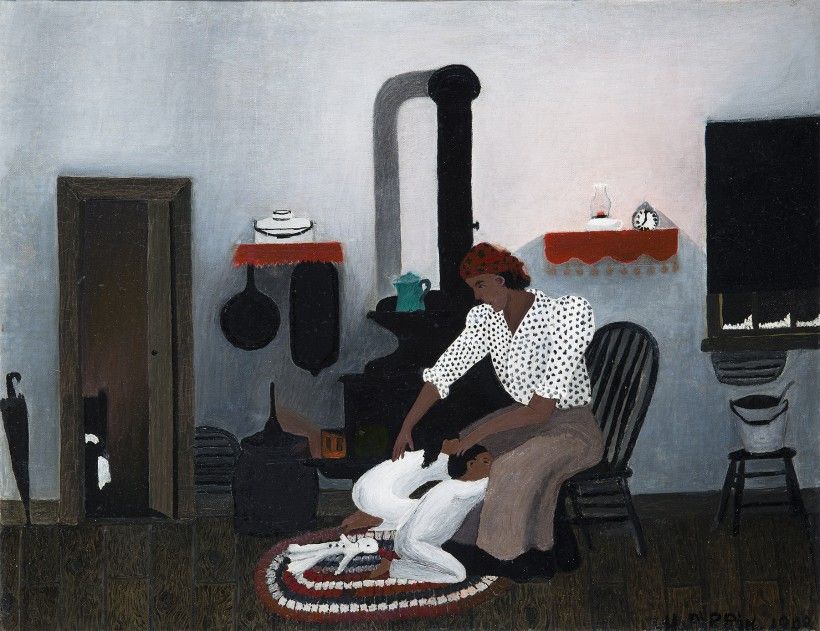
Recommended Grades: 3rd grade through 5th grade
Length of Video: 10:15
Featured Artwork:
For all the world, I was led like a dancing bear by N. C. Wyeth
The Crow and the Pitcher by Jerry Pickney
Untitled Illustration for Aesop’s Fables by John Harmon Cassel
Goldilocks and the Three Bowls by Jessie Willcox Smith
A Man’s Table Reversed by William Michael Harnett
Miss Mary duPont by Jefferson David Chalfant
Saying Prayers by Horace Pippin
National Core Arts Standards:
VA:Pr6.1.5a: Cite evidence about how an exhibition in a museum or other venue presents ideas and provides information about a specific concept or topic.
VA:Re.7.1.3a: Speculate about processes an artist uses to create a work of art.
VA:Re.7.1.5a: Compare one’s own interpretation of a work of art with the interpretation of others.
VA:Re.7.2.3a: Determine messages communicated by an image.
VA:Re.7.2.4a: Analyze components in visual imagery that convey messages.
VA:Re.7.2.5a: Identify and analyze cultural associations suggested by visual imagery.
VA:Re8.1.3a: Interpret art by analyzing use of media to create subject matter, characteristics of form and mood.
VA:Re8.1.4a: Interpret art by referring to contextual information and analyzing relevant subject matter, characteristic of form and use of media.
VA:Re8.1.5a: Interpret art by analyzing characteristics of form and structure, contextual information, subject matter, visual elements, and use of media to identify ideas and mood conveyed.
VA:Cn11.1.3a: Recognize that responses to art change depending on knowledge of the time and place in which it was made.
VA:CN11.1.4a: Through observation, infer information about time, place, and culture in which a work of art was created.
https://www.nationalartsstandards.org/